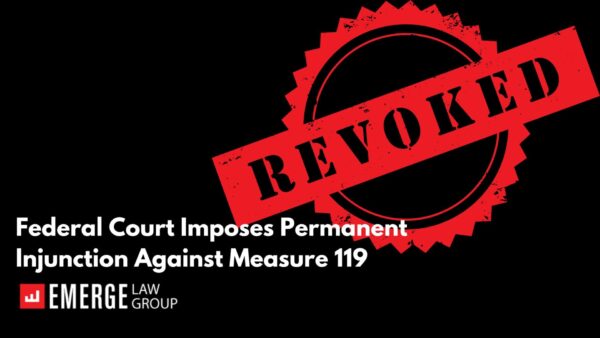Author: Leticia Maskell, Law Clerk
The U.S. Department of Labor and Wage and Hour Division has released a new set of guidelines for determining employee or independent contractor classification under the Fair Labor Standards Act (“FLSA”). The new rule replaces the currently utilized 2021 Independent Contractor Rule and will become effective on March 11, 2024.
These guidelines apply to determining worker status for all employer requirements under FLSA, including but not limited to minimum wage, overtime pay rates, and non-retaliation requirements. Other laws which distinguish between employee and independent contractor, such as the Internal Revenue Code, are not affected by this change.
The central question as to whether a worker is an employee or an independent contractor remains whether the worker is dependent of the employer for work or is in business for themselves, and the primary purpose of the new rule is to broaden the facts considered in answering this inquiry. Under the new guidelines, no one factor is dispositive, but rather all factors should be considered together in making a final determination.
The factors to consider under the new rule are as follows:
Opportunity for profit or loss depending on managerial skill
This element examines if a worker has meaningful control over key elements of their work affecting their earnings. Examples of such elements include (but are not limited to): to what extent the worker can negotiate their pay, whether the worker accepts or declines specific jobs or selects the order and/or timeframes of the jobs, if the worker engages in marketing or advertising efforts to expand their business, and whether the worker makes central business decisions such as purchasing equipment or renting space. The lower the overall opportunity for profit or loss, the more indicative that the worker is an employee.
Investments by the worker and potential employer
This element examines which, if any, worker investments may be capital or entrepreneurial in nature. For example, the cost to a worker of tools purchased to perform a specific job do not suggest employee status. Conversely, investments towards reducing overall business costs or reaching a broader market suggest that the worker may be an independent contractor. Beyond considering worker investment, this element compares the investments of the worker to the investments of the potential employer. The greater the similarity in investment type, the more likely that the worker is an independent contractor.
Degree of permanence of the work relationship
This element suggests that where the length of work is indefinite and continuous, or where the work relationship is exclusive from other employers, the worker is likely an employee. However, the seasonal or temporary nature of certain jobs due to unique characteristics of the industry, such as construction, does not necessarily point to the worker being an independent contractor.
Nature and degree of control
This element considers the potential employer’s control over the worker. Factors considered when assessing the employer’s degree of control include (but are not limited to): setting the worker’s work schedule, supervision of performance, the employer’s ability to take disciplinary action, and whether the employer may explicitly limit the worker’s ability to work for others. This element also examines the degree of economic control the employer has over the working relationship, examining factors such as employer control over prices or rates for the worker’s services. The greater the level of control by the employer, the higher the likelihood that the worker is an employee.
Extent to which the work performed is an integral part of the potential employer’s business
This element examines the nature of the work in relation to the potential employer’s business. This element does not focus on the worker as an individual, but rather considers whether the tasks performed by that worker (or any worker in the same role) are integral to business operations. If the work performed is “critical, necessary, or central to the potential employer’s principal business,” then the worker may be an employee.
Skill and initiative
This element considers the degree of specialized skill a worker uses to perform the work in addition to “business-like initiatives” such as growing a customer-base. The highly specialized skills involved in many jobs do not automatically suggest that the worker is an independent contractor under this element. For example, an emergency room doctor, while utilizing highly specialized skills in the performance of their work, does not typically use such skills in combination with efforts to grow a medical practice. This element also considers the amount of training provided by the employer. If most of the worker’s substantive training occurs on-the-job, this factors towards the worker being an employee.
Additional factors
The new rule leaves open room for any additional case-by-case factors that may be considered in differentiating employees from independent contractors, so long as the factors in some way indicate whether the worker is in business for themselves or is economically dependent on the potential employer for work.
The new rule in full may be viewed here. If you have any questions or concerns about employee or independent contractor classifications, please contact our office to speak to one of our lawyers.




